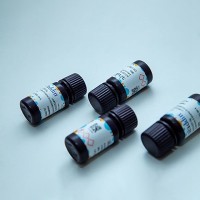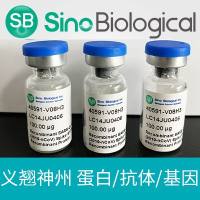Microwave Polymerization in Thin Layers of London Resin White Allows Selection of Specimens for Immunogold Labeling
互联网
633
Preparing a specimen for immunogold labeling is a time-consuming process. The specimen must first be fixed, dehydrated, and infiltrated with resin, without destroying protein antigenicity. The specimen is then sectioned, and the sections labeled with antibodies (Abs) conjugated to 5–15 nm gold particles. The most time-consuming step in immunogold labeling does not begin until the sections are viewed inside the transmission electron microscope (TEM), specifically, locating regions that have been labeled with gold particles. Labeled sections must be examined at high magnifications (in excess of �16,000), in order to visualize the gold particles. At these magnifications, the field of view is reduced to only a few microns, making a scan of the surface area of an entire section impractical. A more efficient way to locate immunogold label is to focus on regions of the specimen predicted to contain the protein that is recognized by the Ab. Finding these regions can be challenging, however. If an Ab recognizes a protein that is cell-type- or developmental-stage-specific, the presence of that cell type or stage must be confirmed by thick sectioning, before ultrathin sections are taken for immunogold labeling. In some cases, locating the appropriate cells for immunogold labeling means sectioning through several blocks of specimen before finding the right cells.









